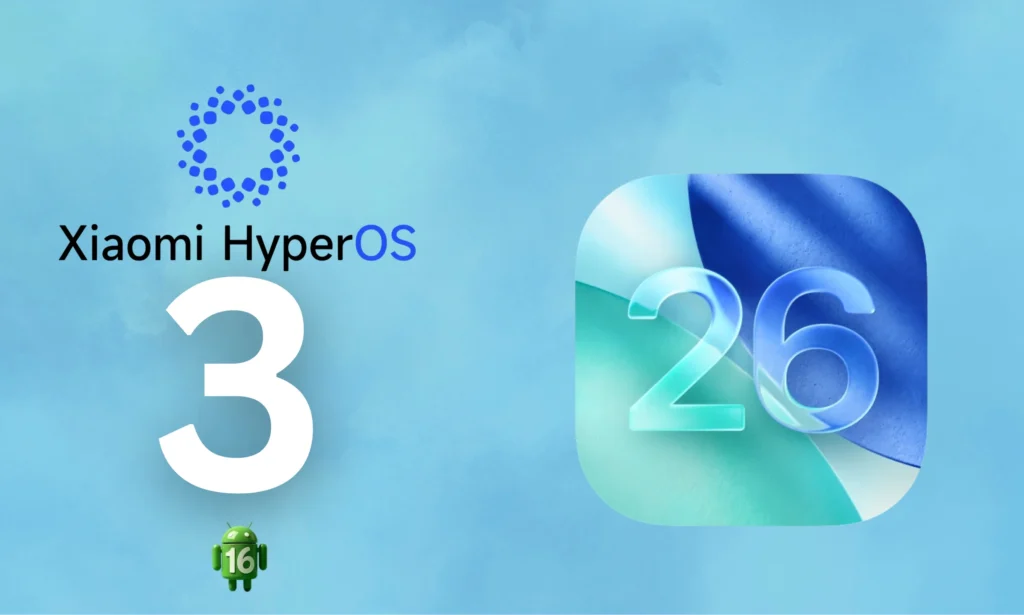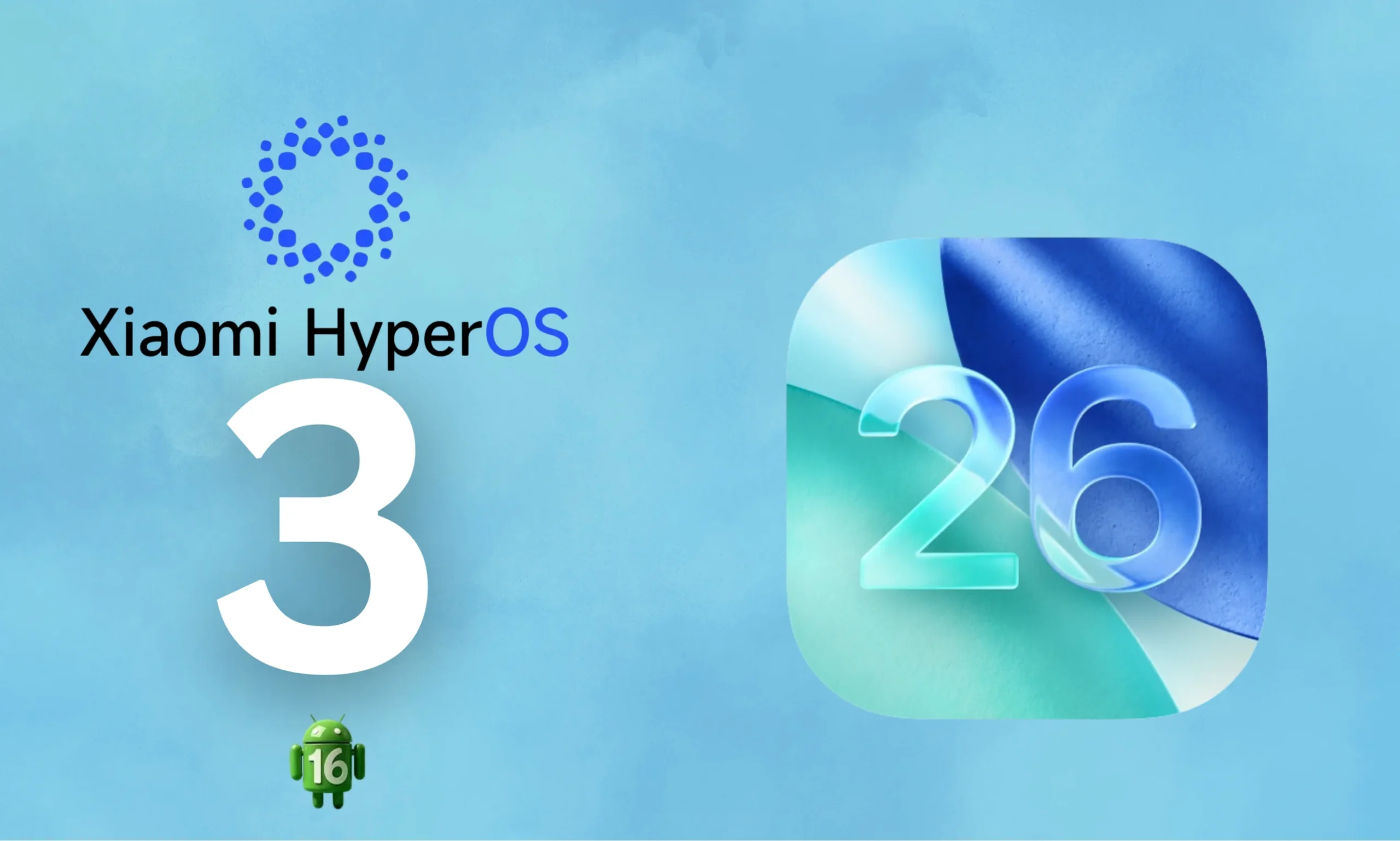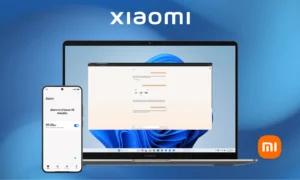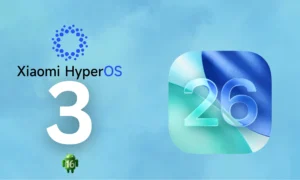Xiaomi HyperOS 3: Unpacking the iOS 26 Similarities

Xiaomi HyperOS 3: A Bold Leap, or a Familiar Tune? Decoding the iOS Parallels
The mobile OS battlefield is always buzzing, and Xiaomi has certainly thrown its hat into the ring with HyperOS 3. Dropping in China late August 2025, based on Android 16, and with a global rollout scheduled for October, Xiaomi is hyping it up as a groundbreaking evolution with AI smarts and serious performance bumps.
But, as it often happens, the tech world’s been quick to notice some striking resemblances. We’re talking uncanny similarities to Apple’s iOS 26, which hit the scene just months prior. From how icons look to the buttery-smooth animations, Xiaomi HyperOS 3 seems to have taken a leaf, or maybe a whole chapter, out of Apple’s playbook. Is this smart inspiration, or a bit too close for comfort? We’ve dug into the leaks and official sneak peeks to bring you 10 features that scream “iOS 26 influence.”

Super Island: Echoes of Dynamic Island
Let’s start with the headline grabber: Super Island. This is the big star of HyperOS 3, and honestly, it’s hard to miss the parallel. It’s this interactive bar right at the top of your screen that cleverly shows you live updates for calls, music playback, timers, and more. Sound familiar? It’s Xiaomi’s take on Apple’s Dynamic Island. While it offers similar slick interactions, Xiaomi’s pushing it further with the ability to juggle up to three “islands” at once and even introduce floating windows for some serious multitasking. Pretty neat, if you ask me!
Redesigned Icons: That 3D Pop
Remember those flat, minimalist icons that were all the rage? Well, HyperOS 3 is ditching that vibe for something a bit more… dimensional. The new icons for apps like Camera and Gallery are square with those signature rounded corners, bursting with vibrant colors and a noticeable 3D depth. They look strikingly similar to the icons you’ll find on iOS 26. This new aesthetic really makes them pop, boosting visibility and making the whole interface feel more engaging. It’s a definite departure from the flatter look of HyperOS 2, and honestly, it looks pretty good.
Revamped Status Bar: Clean and Streamlined
That little bar at the very top of your screen, where you check your battery and signal strength? HyperOS 3 has given it a serious makeover. It’s now sporting a minimalist, flat design that, you guessed it, mirrors the look of iOS 26. This updated status bar is all about clean lines and clarity. Plus, they’ve added some nifty home screen grid adjustments for more personalization, something Apple really made popular for a smoother user flow.
Control Center: Rounded Toggles Galore
Let’s talk about the quick controls panel – you know, the one you swipe down for Wi-Fi, Bluetooth, brightness, and all that jazz. HyperOS 3’s Control Center is adopting these cool, floating, translucent buttons. You can even resize and customize your toggles like Wi-Fi or volume. It’s all about flexibility, much like what you get on iOS 26. Now, Xiaomi did play around with this concept in earlier versions, but this latest iteration makes it almost indistinguishable from Apple’s offering.
Cinematic Lock Screen with AI Magic
Your lock screen is the first thing you see, right? HyperOS 3 is making it a whole lot more dynamic. You can now edit your wallpapers with a simple tap, add cinematic effects, and even get AI-generated dynamic backgrounds that react to movement. This is clearly inspired by Apple’s Spatial Scene feature on iOS 26. Xiaomi’s even throwing in adaptive clocks and letting you add up to three widgets below the clock – a bit more than Apple’s one-widget limit, so a small win there!
Auto-Sorted Albums in Gallery: Finding Your Memories
Sorting through photos can be a chore, but HyperOS 3’s Gallery app is stepping in to help. It’s now automatically grouping your pictures by people, pets, and events. This intelligent organization is a direct copy of how iOS 26 handles your photo library. They’re also boosting search with over 30,000 keywords and offering continuous mosaic views for smoother browsing. It’s all about making your memories easier to find and enjoy.
Face Unlock Animations: A Familiar Swirl
When you unlock your phone with your face, there’s a little animation, right? HyperOS 3’s circular wave animation for Face Unlock is practically identical to the Face ID animation on iOS 26. It’s got these smooth transitions that Xiaomi claims reduce latency by a significant 21%. It’s a subtle detail, but one that die-hard Apple fans will definitely notice.
Liquid Glass Design: That Translucent Feel
Ever admired that ethereal, almost “glassy” look on certain phone interfaces? HyperOS 3 is bringing that vibe with its “Liquid Glass” design. Think transparency and blur effects on notification panels, widgets, and even folders. This creates a beautiful visual depth that’s very reminiscent of iOS 26’s aesthetic, all while supposedly maintaining performance. It adds a touch of premium polish to the user experience.
Minimalist Calendar: Simplicity is Key
Sometimes, less is more. HyperOS 3’s Calendar app embraces a clean, white background with bold indicators for days. This simple, unfussy design is a clear nod to Apple’s own Calendar app. The goal? Optimal readability. It’s a small feature, but it contributes to the overall polished and familiar feel of the OS.
Cross-Device Integration: Bridging the Ecosystems
This one is particularly interesting. HyperOS 3 is introducing cross-device mirroring with Macs and iPads. You can even run apps in desktop windows and unlock your Xiaomi device using Touch ID or Face ID. This is a pretty direct nod to Apple’s Continuity features from iOS 26. While it’s adapted for a hybrid ecosystem, it’s a bold move by Xiaomi to foster interoperability, even with a direct competitor.
The Big Picture: Innovation or Imitation?
These similarities aren’t just random occurrences. Xiaomi’s strategy seems pretty clear: they’re aiming to capture a piece of the market by offering a familiar, premium-feeling experience at a much more accessible price point. Devices like the Xiaomi 15 and Redmi K80 are first in line for the beta, hinting at this strategy. Discussions are already heating up on Reddit and forums like XiaomiTime, with people debating whether this is outright “copying” or just smart evolution.
Regardless of where you stand on the “inspiration vs. imitation” debate, the result is an OS that feels more polished. Xiaomi claims a 19% reduction in CPU load and a 15% gaming performance boost, which are significant improvements.
While Apple still holds the crown in privacy, HyperOS 3 is seriously competing on usability. For millions of Android users out there, this “inspiration” from Cupertino might just be the perfect bridge to a premium-feeling smartphone experience, without the hefty price tag that comes from the city of Apple’s headquarters. It’s an exciting time to be a Xiaomi user!








1 thought on “Xiaomi HyperOS 3: Unpacking the iOS 26 Similarities”